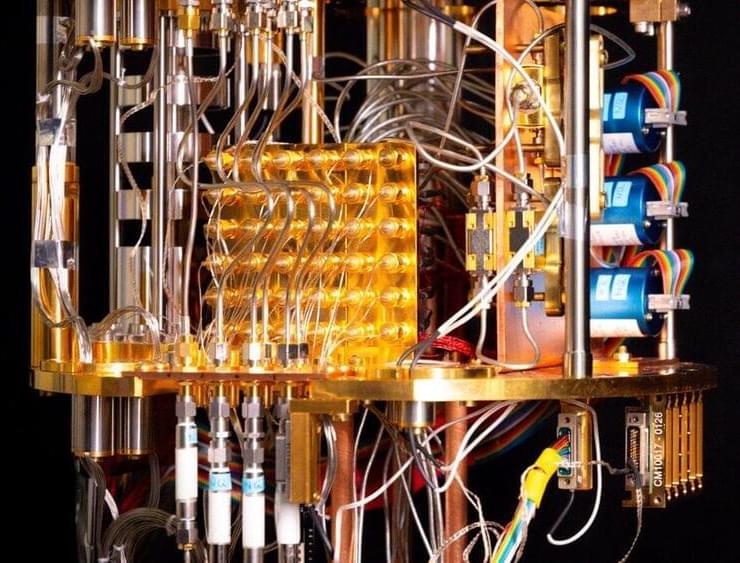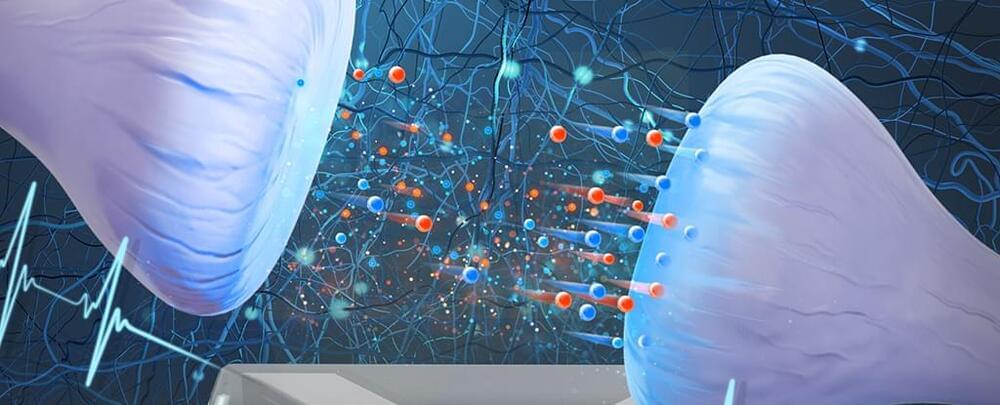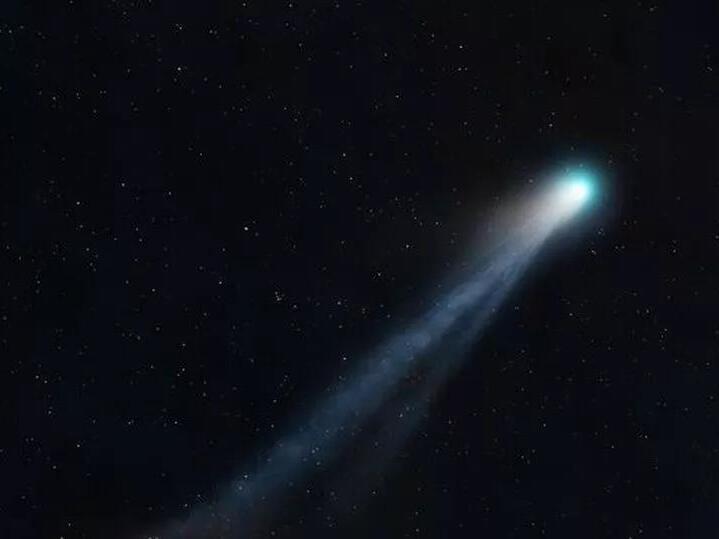Scientists have designed a physical qubit that behaves as an error-correcting “logical qubit,” and now they think they can scale it up to make a useful quantum computer using a few hundred.


Dark energy is one of the biggest mysteries in all the Universe. Is there any way to avoid ‘having to live with it?’

For the first time, researchers have simulated neurological junctions called synapses using the same water and salt ingredients the brain uses, contributing to an emerging field that combines biology with electronics called iontronics.
The team from Utrecht University in the Netherlands and Sogang University in South Korea claim to have been inspired by the functioning of the human brain, which also uses charged particles called ions dissolved in water to transmit signals within neurons.
An important feature of the brain’s ability to process information is synaptic plasticity, which allows neurons to adjust the strength of connections between them in response to input history.

Hitchhiking aliens are already traveling between planets, new research suggests. This theory, known as panspermia, suggests that life’s building blocks are widespread throughout the cosmos and can travel between different areas in space.
The panspermia hypothesis has been sparking fierce debates for centuries. Anaxagoras, a Greek philosopher from the 5th century BCE, proposed the idea that life exists everywhere in the universe, coining the term panspermia to describe the concept of life traveling between planets as seeds.
Other Greek philosophers such as Anaximander and Thales also discussed the philosophical aspects of the panspermia theory.

Harvard researcher Dr. David Sinclair has found himself at the center of controversy within the longevity community.
Sinclair has been a poster child of the longevity movement for years. He’s built several biotechnology companies focused on reversing the effects of aging, won acclaim for his research, and cultivated a loyal base of fans who swear by his lifestyle tips.
He’s also earned his share of critics who say his research isn’t always backed up by sufficient evidence. But over the past months, The Wall Street Journal reported that Sinclair has been battling a new level of backlash from colleagues and researchers who say his claims on curing aging have gone too far.

Research has uncovered important new insights into the evolution of oxygen, carbon, and other vital elements over the entire history of Earth – and it could help assess which other planets can develop life, ranging from plants to animals and humans.
The study, published today in Nature Geoscience and led by a researcher at the University of Bristol, reveals for the first time how the build up of carbon-rich rocks has accelerated oxygen production and its release into the atmosphere.
Until now the exact nature of how the atmosphere became oxygen-rich has long eluded scientists and generated conflicting explanations.


The potential of quantum technology is huge but is today largely limited to the extremely cold environments of laboratories. Now, researchers at Stockholm University, at the Nordic Institute for Theoretical Physics and at the Ca’ Foscari University of Venice have succeeded in demonstrating for the very first time how laser light can induce quantum behavior at room temperature — and make non-magnetic materials magnetic. The breakthrough is expected to pave the way for faster and more energy-efficient computers, information transfer and data storage.
Within a few decades, the advancement of quantum technology is expected to revolutionize several of society’s most important areas and pave the way for completely new technological possibilities in communication and energy.
Of particular interest for researchers in the field are the peculiar and bizarre properties of quantum particles — which deviate completely from the laws of classical physics and can make materials magnetic or superconducting.

AI that will be able to predict the weather 3,000 times faster than a supercomputer and a program that turns a text prompt into a virtual movie set. These are just two of the applications for AI-powered by Nvidia’s technology.
Jensen Huang leads Nvidia – a tech company with a skyrocketing stock and the most advanced technology for artificial intelligence.

Daimler’s new, all-electric truck brand made its Canadian debut this week with the official market launch of its battery electric class 4 and 5 medium duty work trucks.
After making its North American debut at the 2023 ACT Expo in Anaheim, California, Daimler Truck’s RIZON brand has continued on a steady march towards production with initial preorders set to open this June. But it won’t just be Americans who can order a new RIZON electric box truck – Canadians will be able to add them to their fleets at the same time.
“Canada is very advanced regarding green energy and infrastructure and is a natural next step for RIZON’s second market,” explains Andreas Deuschle, the Global Head of RIZON. “We are very happy to bring our zero-emission solution to Canadian customers. They are proven OEM trucks with the latest technology from Daimler Truck.”